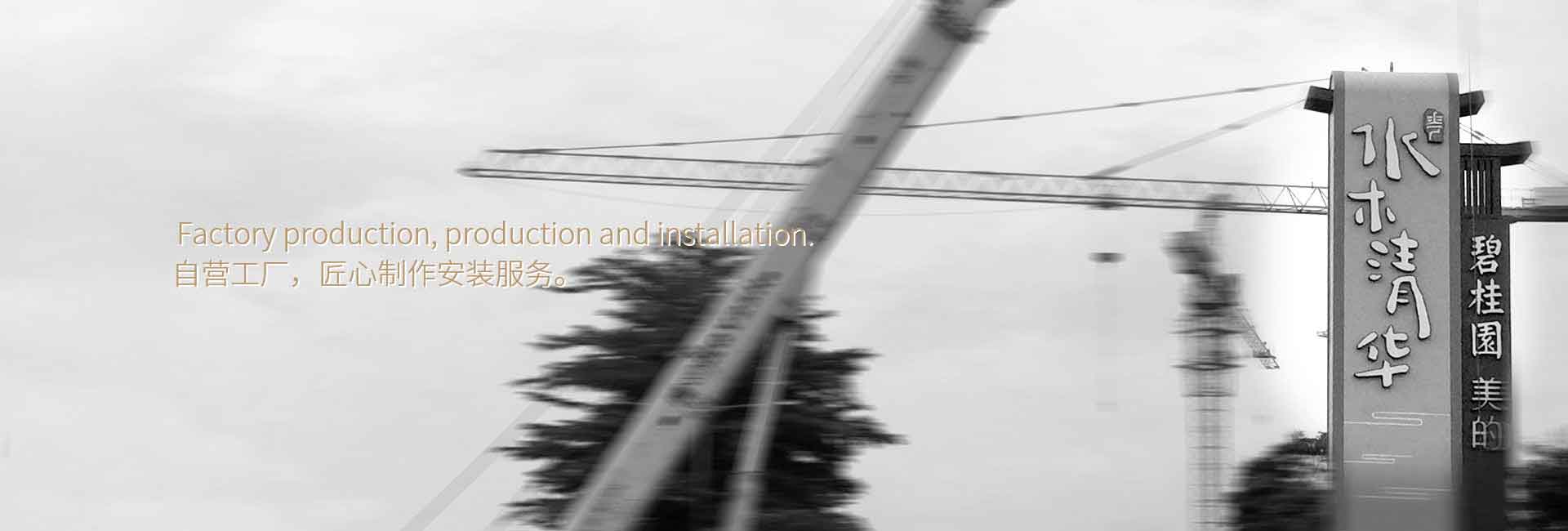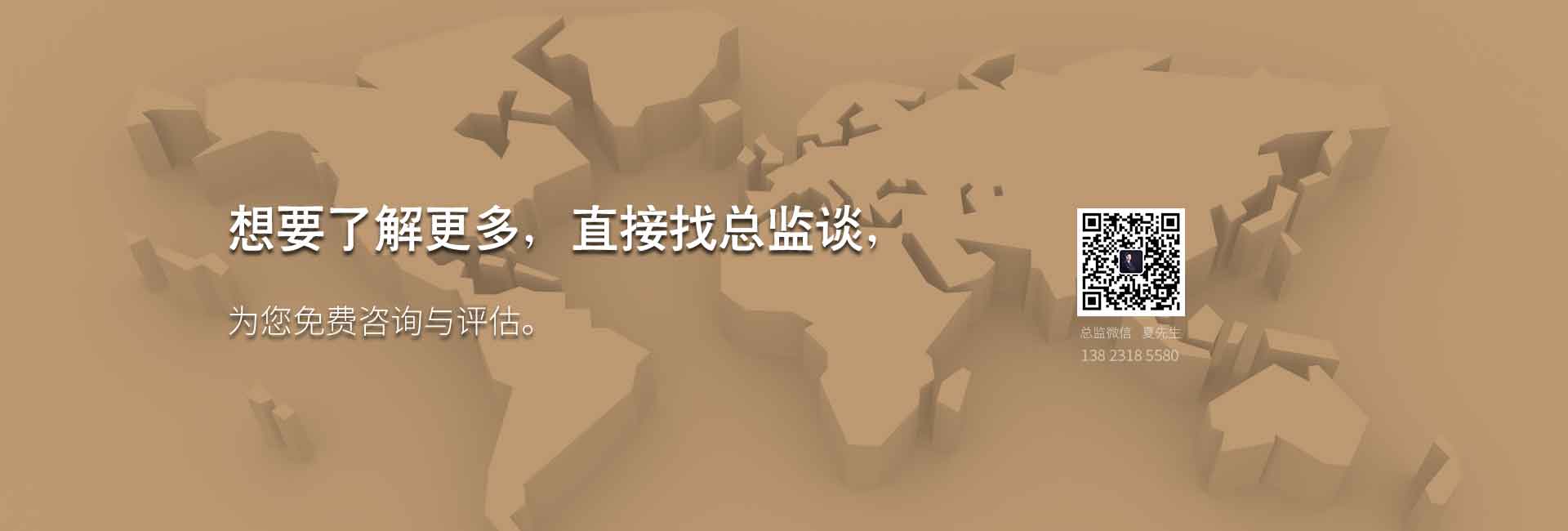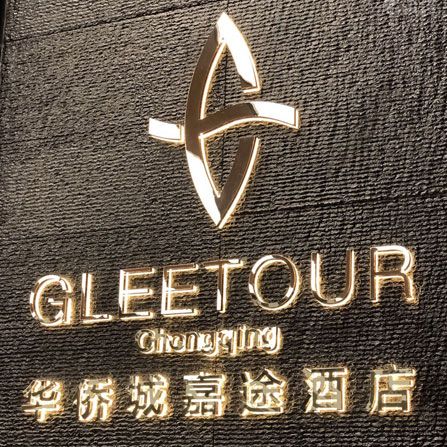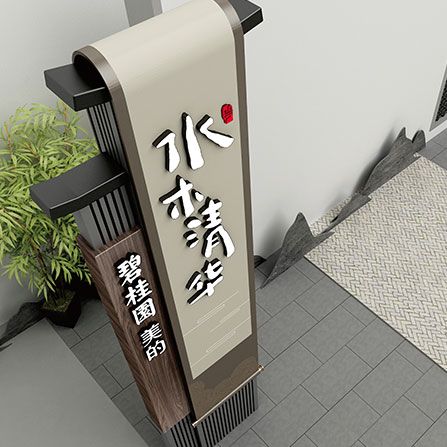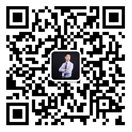Designing Information Guiding Systems: Strategies and Innovations in Wayfinding
Introduction: What is an Information Guidance System?
Ever walked into a massive shopping mall or a bustling airport and felt like you were in a maze? That's where an information guidance system comes in. Imagine having a friendly GPS for your surroundings, guiding you with ease. But what exactly is this system, and how does it work? Let's dive in and uncover the secrets behind the information guidance system design.
Understanding the Basics
So, what is an information guidance system? It's a set of tools and technologies designed to help people navigate through complex environments. Whether it's a hospital, an office building, or a transportation hub, these systems ensure that you don't get lost in the shuffle. But how do they do it? Let's break it down:
Visual Cues: Signs, maps, and symbols that help you understand where you are and where you need to go.
Interactive Elements: Touchscreens, kiosks, and voice-activated systems that provide real-time information.
Navigation Algorithms: Software that calculates the best route for you to reach your destination.
Designing for User Experience
Now that we know what an information guidance system is, let's talk about designing it. The key to a great system is focusing on the user experience. Here are some tips to keep in mind:

圖片由人和時代CRT標識設計集團提供
Keep It Simple: Avoid cluttering the space with too many signs and symbols. Make sure the design is intuitive and easy to understand.
Use Consistent Fonts and Colors: This helps create a cohesive look and makes it easier for users to navigate.
Consider Accessibility: Make sure the system is accessible to people with disabilities, such as those who are visually impaired or have mobility issues.
The Importance of Maps
One of the most crucial elements of an information guidance system is the map. A well-designed map can make all the difference in how users navigate a space. Here are some tips for creating effective maps:
Use Clear and Concise Labels: Avoid using jargon or technical terms that might confuse users.
Highlight Key Areas: Make sure important locations, such as restrooms, elevators, and exits, are clearly marked.
Consider Scale and Proportions: Make sure the map is proportionate to the space it represents, so users can easily understand the layout.
The Role of Technology
Technology plays a significant role in the design of information guidance systems. Here are some of the key technologies used:
Augmented Reality (AR): AR can overlay digital information onto the real world, making it easier for users to navigate.
Bluetooth Low Energy (BLE): BLE can be used to track users' locations and provide personalized guidance.
Geographic Information Systems (GIS): GIS can be used to create detailed maps and analyze data about the space.
Case Studies: Real-World Applications
Let's take a look at some real-world examples of information guidance systems in action:
New York City Subway: The NYC subway system uses a combination of maps, signs, and interactive kiosks to help users navigate the complex network of trains and stations.
Apple Maps: Apple Maps provides detailed maps and turn-by-turn navigation for users around the world.
Google Maps: Google Maps offers real-time traffic updates, public transportation information, and walking directions to help users get where they need to go.
Challenges and Solutions
Designing an effective information guidance system isn't without its challenges. Here are some common issues and how to address them:
Complexity: Large spaces can be overwhelming. Break down the information into manageable chunks and use clear, concise language.
Language Barriers: Consider providing translations for signs and maps in multiple languages.
Disability Access: Ensure that the system is accessible to people with disabilities, such as those who are visually impaired or have mobility issues.
The Future of Information Guidance Systems
As technology continues to evolve, so will information guidance systems. Here are some trends to watch for:
Integration with Smartphones: Users will be able to access information guidance systems directly from their smartphones, making navigation even more convenient.
Personalization: Systems will be able to tailor information to individual users based on their preferences and needs.
Environmental Sensing: Systems will use sensors to detect environmental factors, such as weather and traffic, and adjust guidance accordingly.
Conclusion: Navigating the Future with Information Guidance Systems
Information guidance systems are an essential tool for helping people navigate complex environments. By focusing on user experience, incorporating the latest technologies, and addressing common challenges, we can create systems that make navigating the world a whole lot easier. So, the next time you find yourself in a maze of signs and symbols, remember that there's a friendly guide out there to help you find your way.

人和時代設計
品牌設計、VI設計、標識設計公司
標識導視資料百科
Signage Information Encyclopedia
城市公園標識導視系統 設計創新與制作精粹2025/05/12
Designing Information Guiding Systems: Strategies and Innovations in Wayfinding2025/05/12
北京導視系統設計公司實力榜 行業領先企業排名揭曉2025/05/12
景區導視設計 遵循五大原則 打造導覽新體驗2025/05/12
環境導視設計 打造綠色導航的藝術與科學2025/05/12
公共導視圖標設計 指引與美學的完美融合2025/05/12
景區導視系統設計 引領游客的視覺導航藝術2025/05/12
駐馬店景區導視系統設計 指引之美 文化之窗2025/05/12
動漫元素融入導視設計 創意導視新風尚2025/05/12


